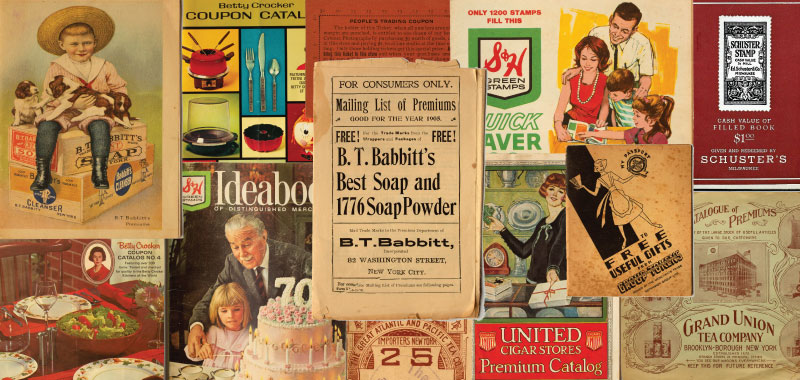
Is Crypto collapsing?
Over the last month the web has been exploding with prophecies of a crypto market collapse. Bitcoin, the world’s largest cryptocurrency, fell to an 18-month low in June.
While this may or may not be the beginning of the end for cryptocurrencies (at least in their current form), it does act as an important lesson for loyalty program operators. Evolution is critical to success. The design of a loyalty program, including any currency, must be able to adapt and evolve to changing market and consumer needs.

Loyalty currencies
When researching the history of loyalty programs there is a very similar pattern that emerges. The primary loyalty program currency changes over time.
The history of loyalty program currencies include trade marks, checks, tickets, coupons, certificates, stamps, miles, points and, more recently, cryptocurrencies and tokenised assets (such as NFTs and fractional shares). Many companies are exploring these new technology iterations and how they could form part of their loyalty program design.
Outside of loyalty programs, there is ongoing debate whether cryptocurrencies are sustainable in the long term or if they are just a fad. Transactions can sometimes be slow, expensive and consume high amounts of energy. Another argument against the long-term viability of cryptocurrencies is around their value. In essence, cryptocurrencies are valued based on market speculation.
A distinguishing factor for many cryptocurrencies versus fiat (government-backed) or commodity-based currencies is that their value is not often tied to a physical asset. Often, a cryptocurrency does not provide value to the holder outside the digital world. Due to their speculative nature, many cryptocurrencies have and continue to fail. Early entrants such as Bitcoin remain the most successful. Since Bitcoin, new types of cryptocurrencies have become available – from digital ones to stablecoins pegged to fiat currency or some other real-world asset. E-Stablecoin is one example a conceptual stablecoin which stands outs.
What is the E-Stablecoin?
Firstly, stablecoins are a cryptocurrency concept that are designed to hold a stable value relative to external assets. Token value is tied to an external asset. This could be a country’s currency or a gram of gold. Pegging the value of a token to the value of a physical asset often requires trust in a centralised authority. This ultimately goes against the decentralised ethos of cryptocurrencies.
Researchers from Lawrence Livermore National Laboratory have developed a physics-based cryptocurrency called the E-Stablecoin. The cryptocurrency token can be used for transacting like other cryptocurrencies. Even more fascinating is the fact that this cryptocurrency is ‘minted’ with the input of approximately one kilowatt-hour of electricity and can be turned back into useable electricity. The process to convert data to electricity is run by smart contracts and a decentralised data storage cloud. The researchers suggest pegging the price to one kilowatt-hour of electricity creates a stable and thrustless system which does not depend on an institution or third party.

What does E-Stablecoin mean in the context of loyalty programs?
The potential introduction of cryptocurrencies like E-Stablecoin could signify a new currency for the right loyalty program framework. It could allow electricity to be transmitted between users around the world without the need for interconnecting wires or a common grid. Instead of discounts or cashback, companies may be able to offer E-Stablecoins as part of their loyalty program rewards. They could be used for transacting, donating power to those in need or redeemed for electricity. While still in the conceptual phase, E-Stablecoins represent an interesting evolution in the world of cryptocurrencies and, for loyalty marketers planning the future of their loyalty programs, a new reward currency for consideration.

David Schneider is a Senior Strategy Consultant at Loyalty & Reward Co, the leading loyalty consulting agency. Loyalty & Reward Co design the world’s best loyalty programs for the world’s best brands. He has an agency background specialising in CX and data-driven communication and has worked on loyalty and lifecycle programs across multiple industries both in Australia and the US.
David applies his skills across all aspects of the business with a customer-centric approach to loyalty program design. He has a deep understanding of best practice collection and use of data and uses this to inform loyalty program strategy and member lifecycle communications to deliver the most value.
Connect with David on LinkedIn
